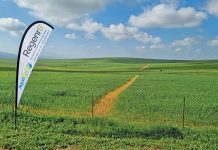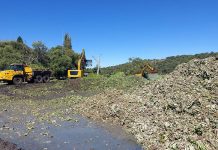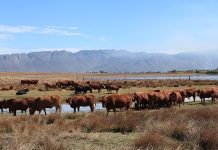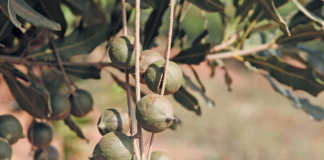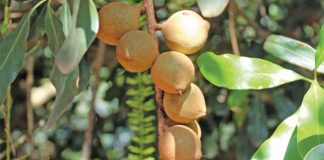
Photo: Bill Kerr
The ammonia half of nitrogen is able to be taken up by cabbage plants, but because it is positively charged, it is attracted to the soil colloids and therefore not freely available to be taken up, as it is not in the soil water until converted to nitrate by bacteria.
Nitrate is negatively charged and therefore repelled by the soil colloids into the soil water.
READ How to plant cabbage correctly
LAN therefore has the advantage of having half immediately available and half with delayed availability, thereby providing a measure of safety.
Experience helps to get the nitrogen fertilisation right, but until that stage, we need to err on the side of perhaps overdoing it just to make sure that it is sufficient.
Even though fertiliser has become very expensive, it is still cheaper to be a little wasteful rather than apply too little.
Cabbage is a valuable crop that can produce high yields; one should aim for at least 100t/ha.
If your yield is 5t/ha less than that, one would not notice it by sight, but 5t of cabbage would buy a lot of fertiliser.
One of the problems we face is that, unlike other elements, we don’t know how much nitrogen is in the soil at any time.
The reason why nitrogen does not reflect the true picture in your soil analysis is because between the time you send the sample off and getting back the results, the amount in the soil could have changed.
Remember that the nitrate can leach beyond the root system as a result of just one heavy rainy period.
The ammonia fraction in the LAN will not leach until it is converted to nitrate, and the pace of this conversion will depend on temperature and soil organisms.
Therefore, in most cases a little while after the application, we would have no way of knowing how much ammonia has been converted or lost after heavy rain.
Rather be safe
For safety’s sake, you should split the applications into increments to ensure that there is always nitrogen in an available form.
The safest way is to apply some LAN every two weeks to be sure the crop is well nourished for maximum yield.
Once, a very productive farmer friend called me to inspect his cabbage crop as it was not performing as it should.
READ Mineral deficiencies in cabbages
I told him that it was a nitrogen shortage, and he argued that he had made applications as he had always done so it could not be.
He got someone from the North-West University to give his take on the matter, who confirmed that there was a nitrogen deficiency in the cabbage field.
I then explained to the farmer how easily nitrogen could be lost. From then on, he would always top up after rainy periods.
If one has a good organic content in the soil, it will contain tons of living organisms with a great deal of nitrogen in their bodies.
As it passes from one organism to another whilst in the soil moisture, the plant has access to this.
The higher the organic content, the less is lost from leaching. My soil has 5% humus and I never have to apply nitrogen.


